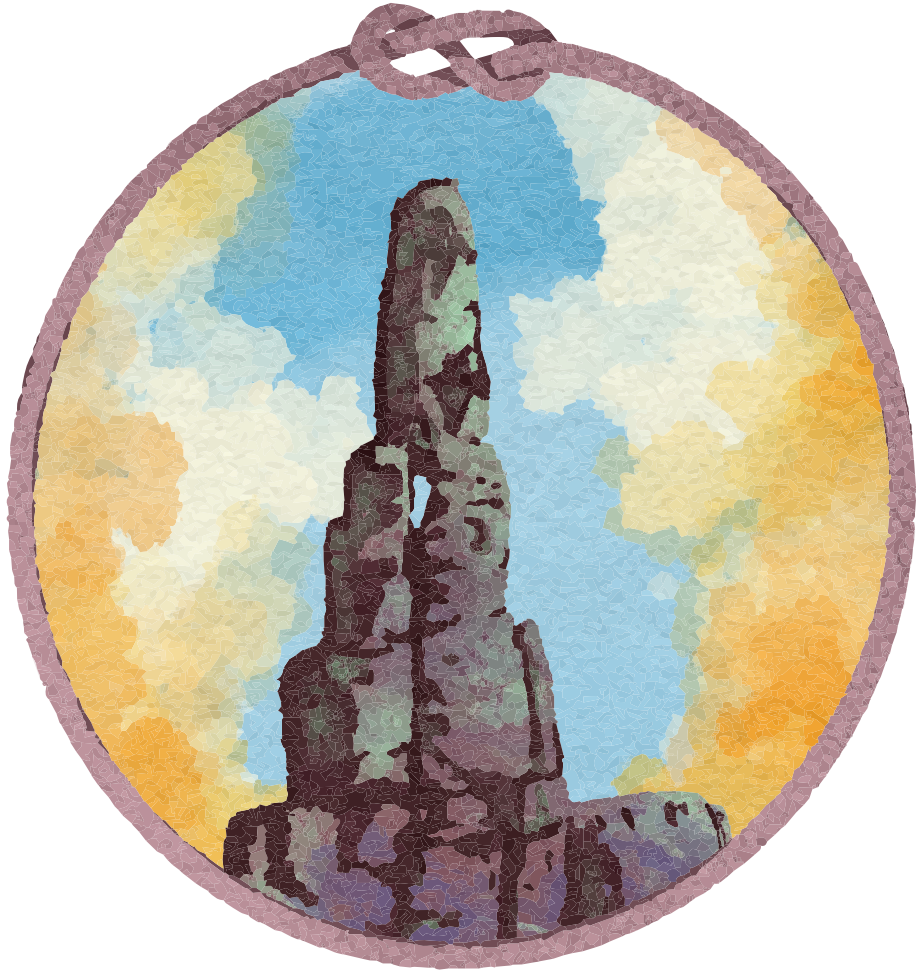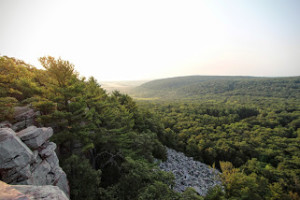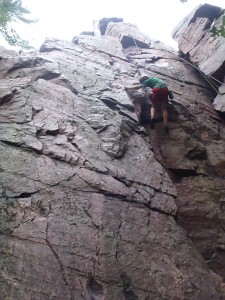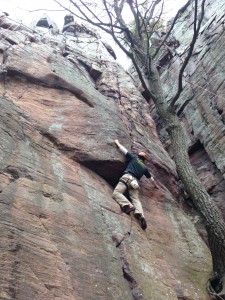Devil’s Lake is an endorheic (closed drainage) lake in south section of the Baraboo range. The lake is 374 acres and is no more than 47 feet deep at any one place. The water quality is considered moderately clear and is home to many fish species including pan fish, large-mouth bass, northern pike, trout, and walleye. On a typical day, you’ll find a number of people fishing along the shoreline.
Devil’s Lake is a deep chasm with no visible inlet or outlet. The name, is really a misinterpretation of the Ho Chunk tribal name “Tawacunchkdah”, which means “sacred” or “spirit” lake. Tawacunchkdah is significant in Ho Chunk tribal culture because spiritual voices are heard during celebrations.
Devil’s Lake was once a part of the Wisconsin River prior to the Ice Age, more than 10,000 years ago. A large lobe of the glacier passed the Baraboo Hills to the south and deposited a terminal moraine on the south end of the river. Another moraine terminated on the north end causing the river to divert. The left-over water formed Devil’s Lake.
For more history on the area, visit these sites:






